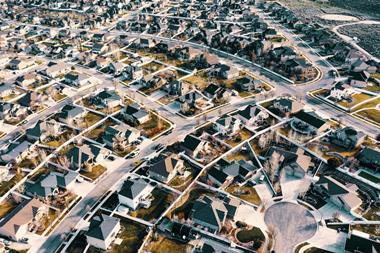EUROPE – Data from IPD shows that allocations to alternative property – including rural land, forestry, residential market lets, hotels and healthcare – has doubled to 11% in the £109bn (€130bn) IPD UK Quarterly Property Index.
The growth has been balanced by a reduction in exposure to the traditional sectors, with retail allocations slipping to 38% of the IPD universe from 46% in 2001 and the office sector dropping from 26% to 23% over the period.
Speaking at the IPD Alternative Real Estate Conference, Mark Weedon, vice-president and head of alternative investments at IPD, said alternative assets would enjoy an increasing presence in UK property portfolios because they acted as a diversifier and outperformed the traditional property sectors.
"Traditionally, property allocations within funds have been around 10%, but it is growing because of a desire to match liabilities, reduce volatility and buy into longer lease," he said.
"Also, alternatives offer more capital appreciation and downside protection, as well as favourable long-term performance characteristics and risk/reward profiles compared with core asset classes with hedging capabilities.
"This is due to lower correlation with equities and higher correlation between rental growth and inflation."
He also pointed out that each alternative had its own characteristics.
"For example," he said, "healthcare has long-term stable income versus strong income growth with real capital preservation in residential market lets and high levels of capital growth in land."
In terms of performance, most alternatives outshone the 8% return on equities, as well as the 6.3% of the All Property IPD over a 10-year period ending December 2012.
For example, residential lets and hotels generated an 8.5% return over the decade, while rural and forestry showed even more impressive gains of 13.2% and 16.3%, respectively.
Forestry, although small, has not only benefitted from UK investors looking to diversify their portfolios but also improvements in UK timber prices, and alternative uses, especially regarding renewable energy.
The poor performance of the commercial sector can be attributed to the weak rental and income growth in the wake of the 2008 financial crisis, which saw valuations plunge by 40%, Weedon said.
IPD Research also shows that it had the highest correlation with equities at 0.6, while rural, residential market lets and forestry proved a better hedge at between 0.2 and 0.3.












